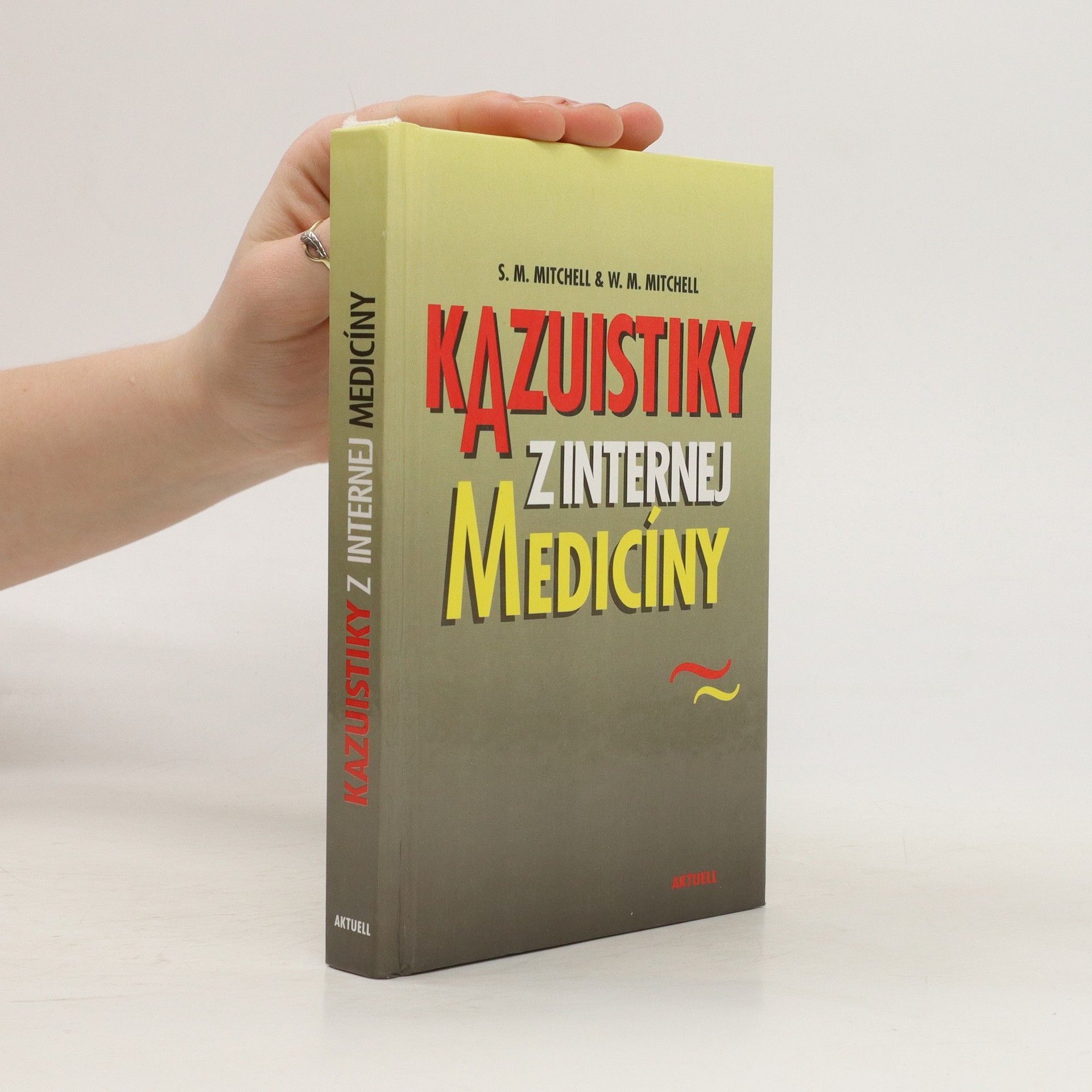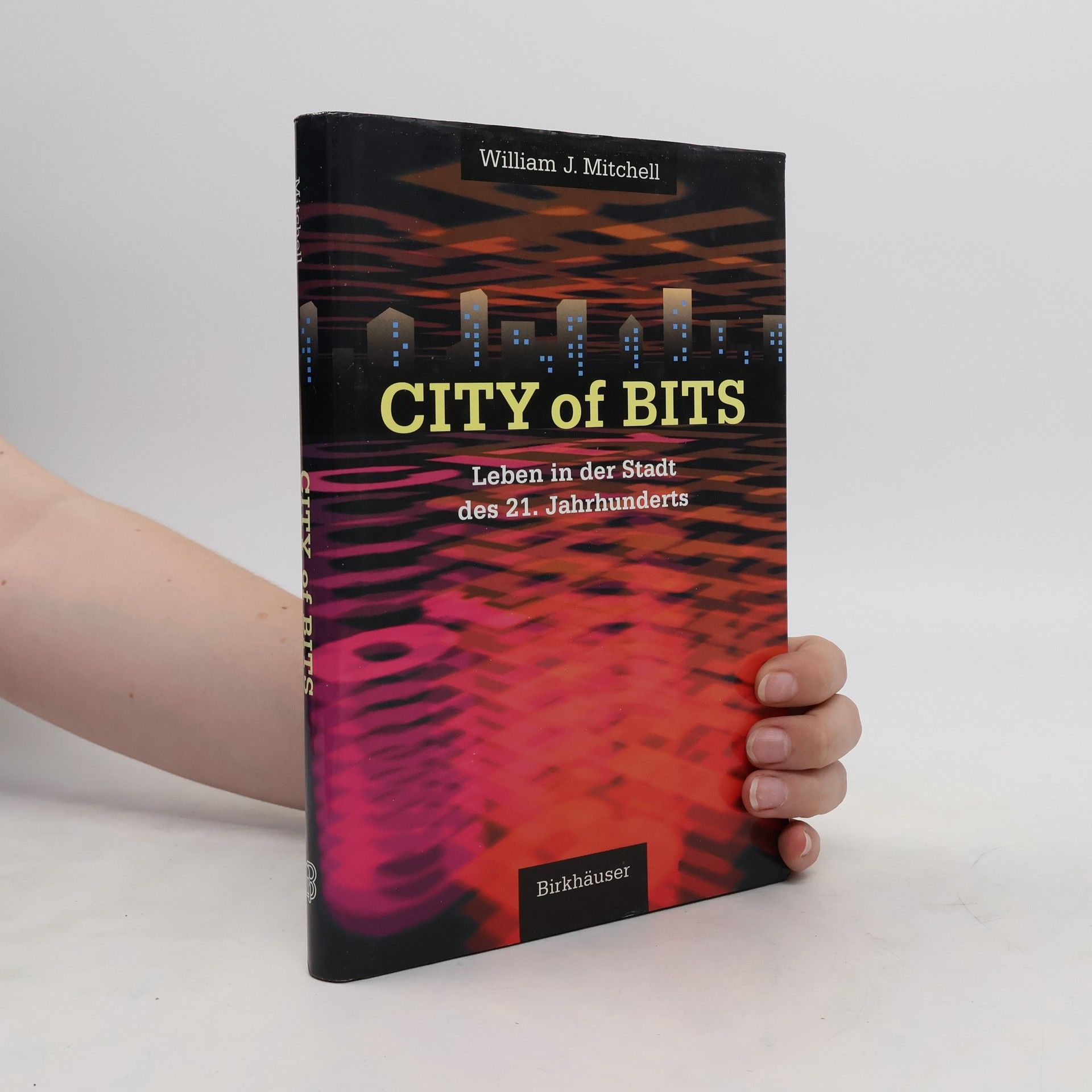In this book, William Mitchell and Warren Mosler, original proponents of what's come to be known as Modern Monetary Theory (MMT), discuss their perspectives about how MMT has evolved over the last 30 years. In delightful, entertaining, and informative way, Bill and Warren reminisce about how, from vastly different backgrounds, they came together to develop MMT. They consider the history and personalities of the MMT community, including anecdotal discussions of various academics who took up MMT and who have gone off in their own directions that depart from MMT's core logic. A very much needed book that provides the reader with a fundamental understanding of the original logic behind 'The MMT Money Story' including the role of coercive taxation, the source of unemployment, the source of the price level, and the imperative of the Job Guarantee as the essence of a progressive society – the essence of Bill and Warren's excellent adventure. The introduction is written by British academic Phil Armstrong.
William J. Mitchell Book order







- 2024
- 2023
This is the story of Bill Mitchell's life - a truly remarkable life of creativity and innovation. It is also a testament to the will to succeed against the odds.
- 2004
Jak budeme žít v digitálním věku? Promění informační technologie naše města a obydlí? Co znamenají telekomunikace a internet pro architekturu a urbanismus? Kniha Williama Mitchella e-topia vyšla poprvé v USA v roce 1999 a stala se okamžitě bestsellerem. Kdo by ovšem hledal v e-topii fotograficky přesnou vizi budoucí společnosti a sci-fi technologií, bude zklamán. Mitchell se nepouští do efektních spekulací, ale především se snaží podat čtivou formou poutavý obraz současného prorůstání informačních technologií do reálného života. Na pozadí historického vývoje osvětluje současné trendy a přesvědčivě ukazuje, že informační technologie jsou jen dalším stupněm vývoje infrastruktury a sehrávají podobnou roli jako kdysi první vodovody, silnice, železnice nebo poštovní systémy. Mitchell se zabývá možnými důsledky využívání počítačových sítí v různém měřítku, od globálních telekomunikací přes zasíťované domácnosti až po drobná osobní zařízení nošená na těle. Dobře si je vědom rizik nerovnoměrného vývoje jednotlivých oblastí a nestejného přístupu k blahobytu, který z využívání moderních technologií vyplývá. E-topia je kniha, která spíše klade otázky, než nabízí odpovědi. Je vynikajícím zdrojem základních informací a inspirativním východiskem pro další úvahy.
- 1996
Examines the impact of the digital telecommunication revolution, the miniaturization of electronics, and the growing importance of software on architecture and the human environment